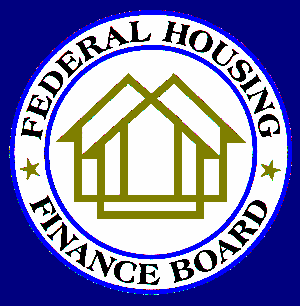

The Federal Home Loan Bank System was created in 1932 by the Federal Home Loan Bank Act which was enacted to restore confidence in the nation's financial institutions and re-establish the housing market. This was a response to the economic depression which had undermined the banking system and created the need for a credit system to ensure the availability of funds for home financing. Since 1989, the Federal Home Loan Bank System's public policy mission has been expanded to include Affordable Housing and Community Development lending.
FHLBank Districts
There are twelve District Banks:
| Atlanta | Dallas | Pittsburgh |
| Boston | Des Moines | San Francisco |
| Chicago | Indianapolis | Seattle |
| Cincinnati | New York | Topeka |
The Banks are government chartered member-owned corporations regulated by the Federal Housing Finance Board. Financial institutions that are members own stock in the Banks.
Each District Bank is governed by a board of at least fourteen directors. Six directors are appointed by the Finance Board as public interest directors, two of whom represent community or consumer interests. A minimum of eight industry directors are elected by the Banks' member institutions. Each year, the Finance Board designates a Board chair from the appointed group and a vice chair from the elected group.
Member Financial Institutions
Bank System members include Federal and State chartered thrift institutions, commercial banks, credit unions and insurance companies. A financial institution joins the District Bank that serves the state where the institution's home office or principal place of business is located. Currently, there are over 6,504 members.
A financial institution can become a member by meeting certain statutory requirements:
Once the financial institution is approved for membership by the Finance Board, the institution becomes a member by purchasing District Bank stock.
Support for Housing and Community Development
The Federal Home Loan Bank System
The FHLBanks, through the Office of Finance, raise funds by selling consolidated obligations to institutional investors. Because the System has a stand-alone Triple-A credit rating and is a government-sponsored enterprise (GSE), it can raise debt at rates only slightly higher than Treasury securities.
For a map of the states in each FHLBank District and address information, click here.
Return to Federal Housing Finance Board's Home Page
This page was last updated: December 20, 1996